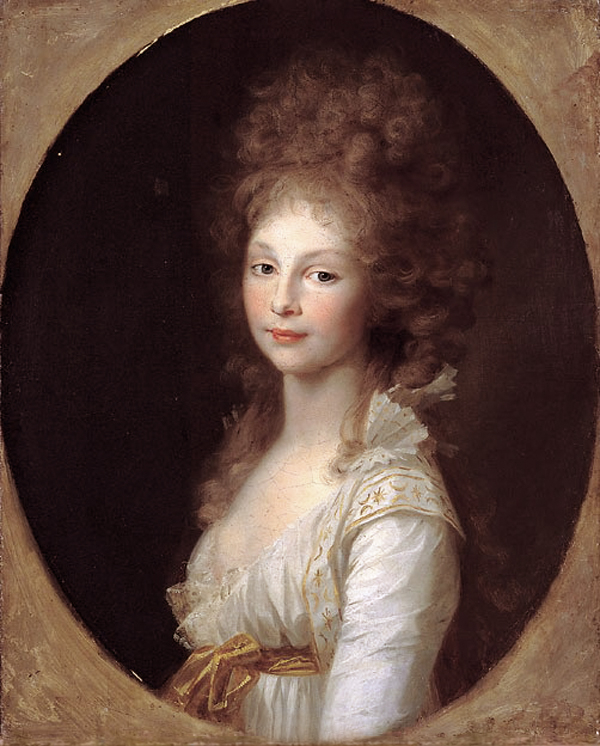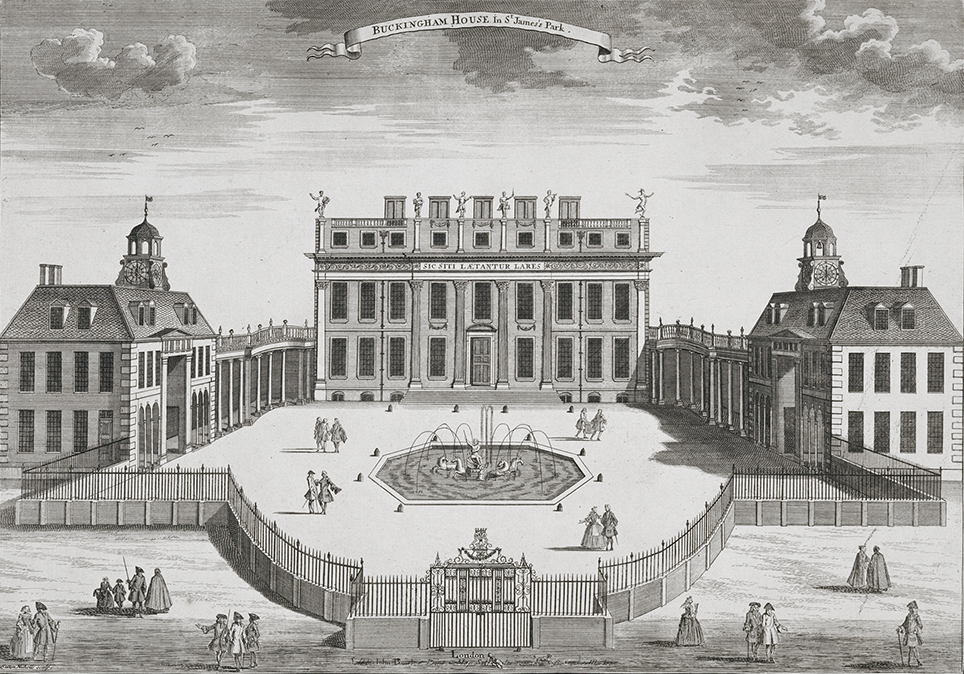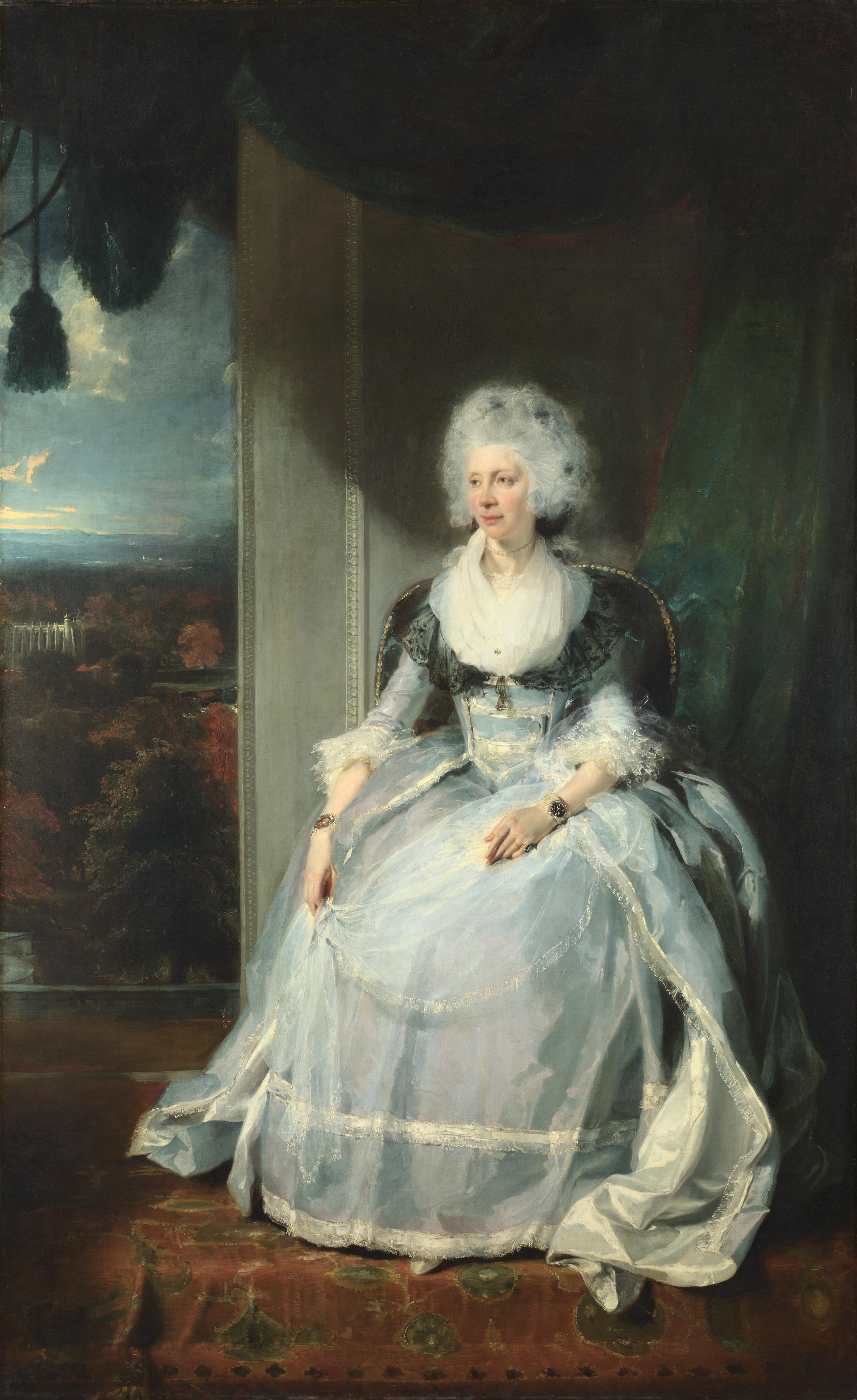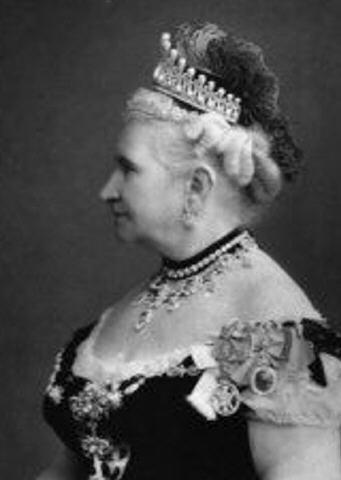by Scott Mehl © Unofficial Royalty 2017
source: Wikipedia
Grand Duchy of Mecklenburg-Strelitz: The Duchy of Mecklenburg was divided and partitioned a number of times over the centuries. In 1701, the last division created the Duchy of Mecklenburg-Schwerin and the Duchy of Mecklenburg-Strelitz. In 1815, the Congress of Vienna recognized both Mecklenburg-Schwerin and Mecklenburg-Strelitz as grand duchies. Carl II, Duke of Mecklenburg-Strelitz became the first Grand Duke of Mecklenburg-Strelitz.
On, February 23, 1918, Grand Duke Adolf Friedrich VI of Mecklenburg-Schwerin died by suicide. The heir presumptive was serving with the Russian military and had made it known that he wished to renounce his rights of succession. Friedrich Franz IV, Grand Duke of Mecklenburg-Schwerin, served as Regent for the Grand Duchy of Mecklenburg-Strelitz. The regency lasted only nine months, as on November 14, 1918, Friedrich Franz IV was forced to abdicate as Grand Duke of Mecklenburg-Schwerin, as well as the Regent of the Grand Duchy of Mecklenburg-Strelitz. Today the territory encompassing the Grand Duchy of Mecklenburg-Strelitz is in the German state of Mecklenburg-Vorpommern.
********************
Friedrich Wilhelm, Grand Duke of Mecklenburg-Strelitz was born in Neustrelitz, Grand Duchy of Mecklenburg-Strelitz, now in Mecklenburg-Vorpommern, Germany, on October 17, 1819. He was the eldest son of Georg, Grand Duke of Mecklenburg-Strelitz and Princess Marie of Hesse-Kassel, and had three siblings:
- Luise of Mecklenburg-Strelitz (1818-1842) – unmarried
- Caroline Mariane of Mecklenburg-Strelitz (1821-1876) – married the future King Frederik VII of Denmark (divorced), no issue
- Georg August of Mecklenburg-Strelitz (1824-1876) – married Grand Duchess Ekaterina Mikhailovna of Russia, had issue
Friedrich Wilhelm was christened on November 2, 1819, and given the names Friedrich Wilhelm Karl Georg Ernst Adolf Gustav. Among his 19 godparents was his namesake – and cousin – the future King Friedrich Wilhelm IV of Prussia.
Along with his brother, Friedrich Wilhelm was educated privately at home. Shortly before turning 18, he left Neustrelitz to study law and history at the University of Bonn. After leaving Bonn in 1839, he spent some time at the Prussian court of his uncle, King Friedrich Wilhelm III, before traveling through Europe the following summer. On this trip, he spent time in Italy with his aunt and uncle, the Duke and Duchess of Cambridge, as well as their daughter, Augusta. Returning to Neustrelitz, he attended his sister’s wedding to the future King Frederik VII of Denmark and accompanied her to her new country. He then traveled to Potsdam, joining the Prussian Army in September 1841.
The following year, Friedrich Wilhelm traveled to London and became engaged to his cousin, Princess Augusta of Cambridge. She was the daughter of Prince Adolphus, Duke of Cambridge (a son of King George III of the United Kingdom) and Friedrich Wilhelm’s maternal aunt Princess Augusta of Hesse-Kassel. Friedrich Wilhelm and his finacée were first cousins through their mothers and second cousins through their fathers. After receiving Queen Victoria’s consent to marry, Friedrich Wilhelm returned to Prussia where he requested and received a discharge from active service in the Prussian Army.

The marriage of Friedrich Wilhelm and Augusta, source: Wikipedia
Friedrich Wilhelm and Augusta married on June 28, 1843, in the Private Chapel at Buckingham Palace in London, England. Following the wedding, Friedrich Wilhelm brought his new bride home to Neustrelitz where they received a warm welcome. They later returned to the United Kingdom, where Friedrich Wilhelm continued his education, earning his Law degree from the University of Oxford. Following the birth of a stillborn son in 1843, the couple went on to have two children:
- Friedrich Wilhelm, Hereditary Prince of Mecklenburg-Strelitz (born and died 1845) – died hours after birth
- Adolf Friedrich V, Grand Duke of Mecklenburg-Strelitz (1848-1914) – married Elisabeth of Anhalt, had issue
While continuing to visit his wife’s family often in Britain, Friedrich Wilhelm began to spend more time living in Neustrelitz, preparing himself for his future role as Grand Duke. In 1851, he suffered an injury to his left eye which left him partially blind. Within a few years, the injury also took the sight in his right eye, leaving him completely blind. Because of this, he developed a close friendship with his cousin, King Georg V of Hanover, who was also blind.
In the summer of 1860, while on a visit with his wife’s family, he learned that his father was gravely ill. He and Augusta returned to Neustrelitz, where his father died days later, on September 6, 1860. Friedrich Wilhelm succeeded his father as Grand Duke of Mecklenburg-Strelitz. His reign saw great changes in what would later become the German Empire. Initially, during the Austro-Prussian War of 1866, Mecklenburg-Strelitz remained neutral, and Friedrich Wilhelm was given a guarantee by the Prussian king that this would be respected. However, the Prussian Chancellor Otto von Bismarck disagreed. He threatened to invade the Grand Duchy if Friedrich Wilhelm didn’t agree to mobilize his troops to fight alongside Prussia. Having no other choice, the Grand Duke acceded to the demands and joined the war against Austria. While going against what Friedrich Wilhelm had wanted, the move likely extended his reign. While other states were annexed by Prussia and their rulers deposed, the Grand Duchy of Mecklenburg-Strelitz remained intact. Despite his animosity toward Prussia, Mecklenburg-Strelitz joined the North German Confederation later that year.
In 1870, he was once again coerced into joining Prussia in its war against the French Empire. Following Prussia’s overwhelming victory, the German Empire was established, and the Prussian king was named Emperor (Kaiser) in 1871. The unification brought about great advancements in the Grand Duchy, and the Grand Duke took a particular interest in restoring and building churches. He also focused much of his time on improving the education systems, as well as building and refurbishing schools throughout the Grand Duchy. Grand Duke Friedrich Wilhelm is credited with restoring the Grand Duchy’s financial resources, taking a country that was riddled with debt after the war, and amassing a great fortune in its treasury. In addition, his personal wealth made him the wealthiest of the German sovereigns at the time.

Schloss Neustrelitz, c1910. source: Wikipedia
In early 1904, the Grand Duke fell ill and died at Schloss Neustrelitz in Neustrelitz, Grand Duchy of Mecklenburg-Strelitz, now in Mecklenburg-Vorpommern, Germany, on May 30, 1904. His funeral was held the following week at the Schloss Church and was attended by Wilhelm II, German Emperor. In keeping with tradition, his remains were placed in the New Crypt at the Johanniterkirche in Mirow, Grand Duchy of Mecklenburg-Strelitz, now in Mecklenburg-Vorpommern, Germany.
This article is the intellectual property of Unofficial Royalty and is NOT TO BE COPIED, EDITED, OR POSTED IN ANY FORM ON ANOTHER WEBSITE under any circumstances. It is permissible to use a link that directs to Unofficial Royalty.
Mecklenburg-Strelitz Resources at Unofficial Royalty
















